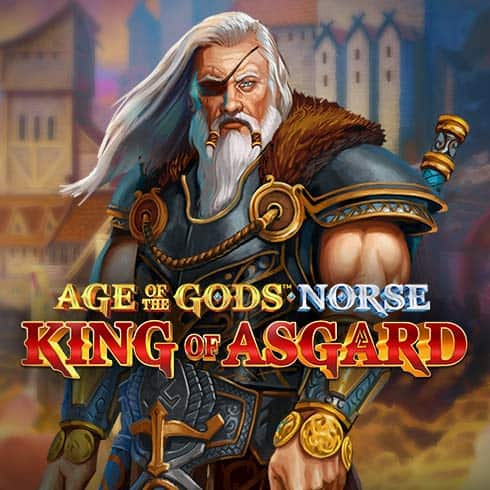The Age of the Gods Norse King of Asgard signifies a rich tapestry woven from mythology, history, and culture. This u888 era encapsulates tales of valor, power, and complexity that have captured the imagination of countless generations. To understand the significance of this age, one must delve into the characters, stories, and lessons that reside within it, particularly focusing on the mythological figure of Odin, the Allfather, who reigns as the king in Asgard.
In this blog post, we’ll explore the intricacies of Norse mythology and its pivotal themes, characters, and narratives, ultimately shedding light on the Age of the Gods Norse King of Asgard.
The Enigmatic World of Age Of The Gods Norse King Of Asgard
Norse mythology is an intricate fabric of beliefs, stories, and deities that echoes through time. This ancient belief system originated among the Germanic tribes around the 8th century and has undergone various transformations throughout the ages.
The Creation Myths: From Chaos to Order
At the heart of Norse mythology lies the profound creation myth, which illustrates the transition from chaos to order.
In the beginning, there existed only the void known as Ginnungagap, flanked by the realms of fire (Muspelheim) and ice (Niflheim).
From their clash emerged Ymir, the primordial giant, who gave birth to the first gods—Buri, Bor, and Odin—who would eventually establish the cosmos as we know it.
This creation narrative not only serves as a backdrop for understanding the relationships between various beings but also emphasizes concepts such as balance, duality, and transformation.
Another fascinating aspect is how these gods shaped the world from Ymir’s body, representing the interconnectedness of all life. For example, his flesh became the land, blood transformed into rivers, and bones morphed into mountains.
By diving deeper into this narrative, we can comprehend the cyclical nature of existence that Norse myths often portray—an endless dance of creation and destruction.
The Pantheon of Deities: Key Figures and Their Roles
The pantheon of Norse gods is vast, with each deity embodying specific traits and responsibilities. Among these figures, Odin holds a distinguished position as the Allfather, ruling over Asgard and presiding over various aspects of life and death.
In contrast, Thor, Odin’s son, symbolizes strength and protection, while Freyja represents love and fertility, showcasing the multifaceted nature of Norse beliefs.
This multiplicity enhances the richness of the mythology, providing relatable attributes that resonate across cultures and times.
Moreover, examining the dynamics between these gods allows us to appreciate the complexities of human experiences reflected in their tales. Odin’s quest for knowledge, even at the cost of sacrifice, speaks volumes about the value placed on wisdom and enlightenment.
As we delve further into these deities, we uncover layers of personality and motivation, transforming them from mere characters into mirrors of our own struggles and aspirations.
The Realms of Existence: Yggdrasil and Its Significance
Central to Norse cosmology is Yggdrasil, the World Tree, an enormous ash tree that connects the nine realms of existence.
Yggdrasil embodies life, growth, and the interwoven nature of all beings. Its branches extend into the heavens, while its roots reach into the depths of the underworld, illustrating the eternal cycle of life, death, and rebirth.
Exploring Yggdrasil’s significance offers insights into the Norse worldview, emphasizing the importance of harmony and balance among different realms. The concept of interconnectedness resonates deeply with contemporary ecological perspectives, reminding us of our impact on the environment Age Of The Gods Norse King Of Asgard.
Furthermore, the presence of various creatures dwelling within Yggdrasil—the wise eagle perched atop, the dragon gnawing at its roots, and the squirrel scurrying up and down—depicts the diversity of existence and the perpetual interplay among different forces.
